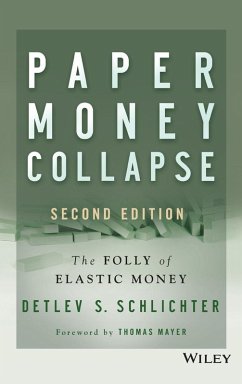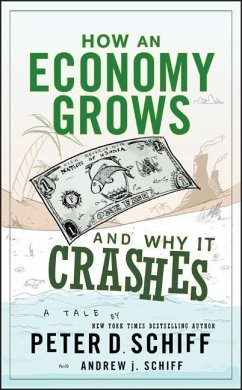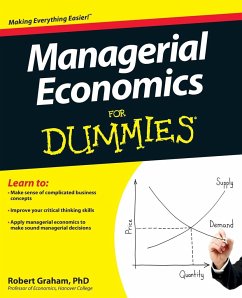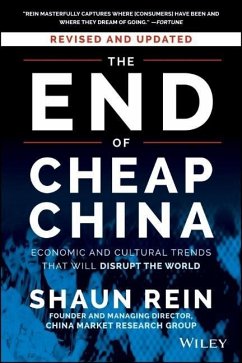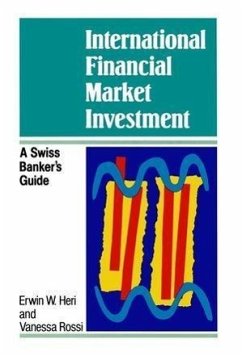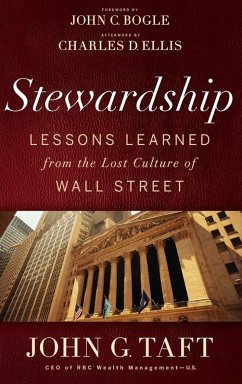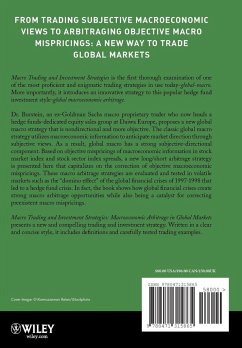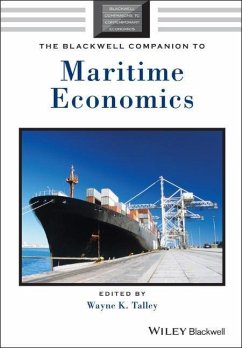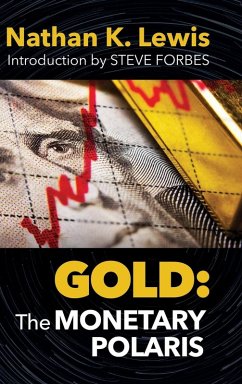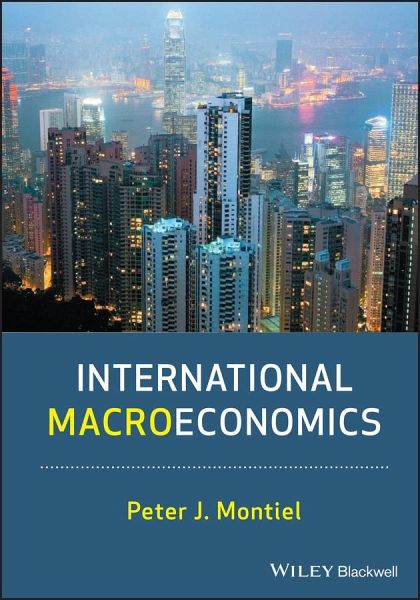
International Macroeconomics
Versandkostenfrei!
Versandfertig in über 4 Wochen
70,99 €
inkl. MwSt.

PAYBACK Punkte
35 °P sammeln!
International Macroeconomics provides students with an analytically rigorous introduction to the impact of globalization on macroeconomics.Presents an analytically rigorous introduction to the field and uniquely includes optional econometric studiesProvides a unified macroeconomic model to examine rigorously international macroeconomics and then focuses this model on historic cases, institutions, and specific countries, dealing with various types of macroeconomic crisesProvides a strong policy orientation by an author who worked for many years at the IMFIs supported by a website with extensive...
International Macroeconomics provides students with an analytically rigorous introduction to the impact of globalization on macroeconomics.
Presents an analytically rigorous introduction to the field and uniquely includes optional econometric studies
Provides a unified macroeconomic model to examine rigorously international macroeconomics and then focuses this model on historic cases, institutions, and specific countries, dealing with various types of macroeconomic crises
Provides a strong policy orientation by an author who worked for many years at the IMF
Is supported by a website with extensive solutions for the problem sets, PowerPoint slides, and an update on the 08-09 meltdown
Presents an analytically rigorous introduction to the field and uniquely includes optional econometric studies
Provides a unified macroeconomic model to examine rigorously international macroeconomics and then focuses this model on historic cases, institutions, and specific countries, dealing with various types of macroeconomic crises
Provides a strong policy orientation by an author who worked for many years at the IMF
Is supported by a website with extensive solutions for the problem sets, PowerPoint slides, and an update on the 08-09 meltdown



